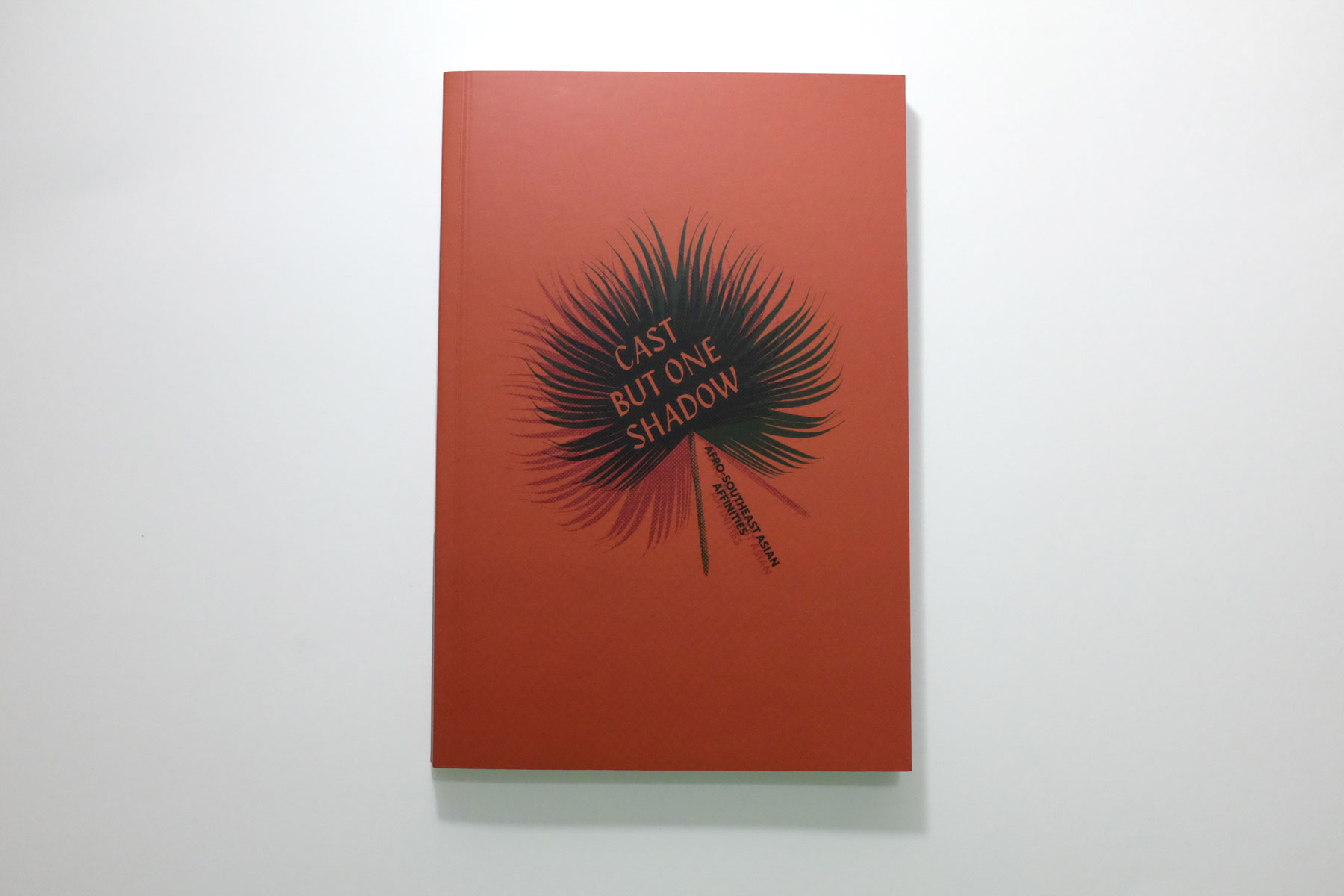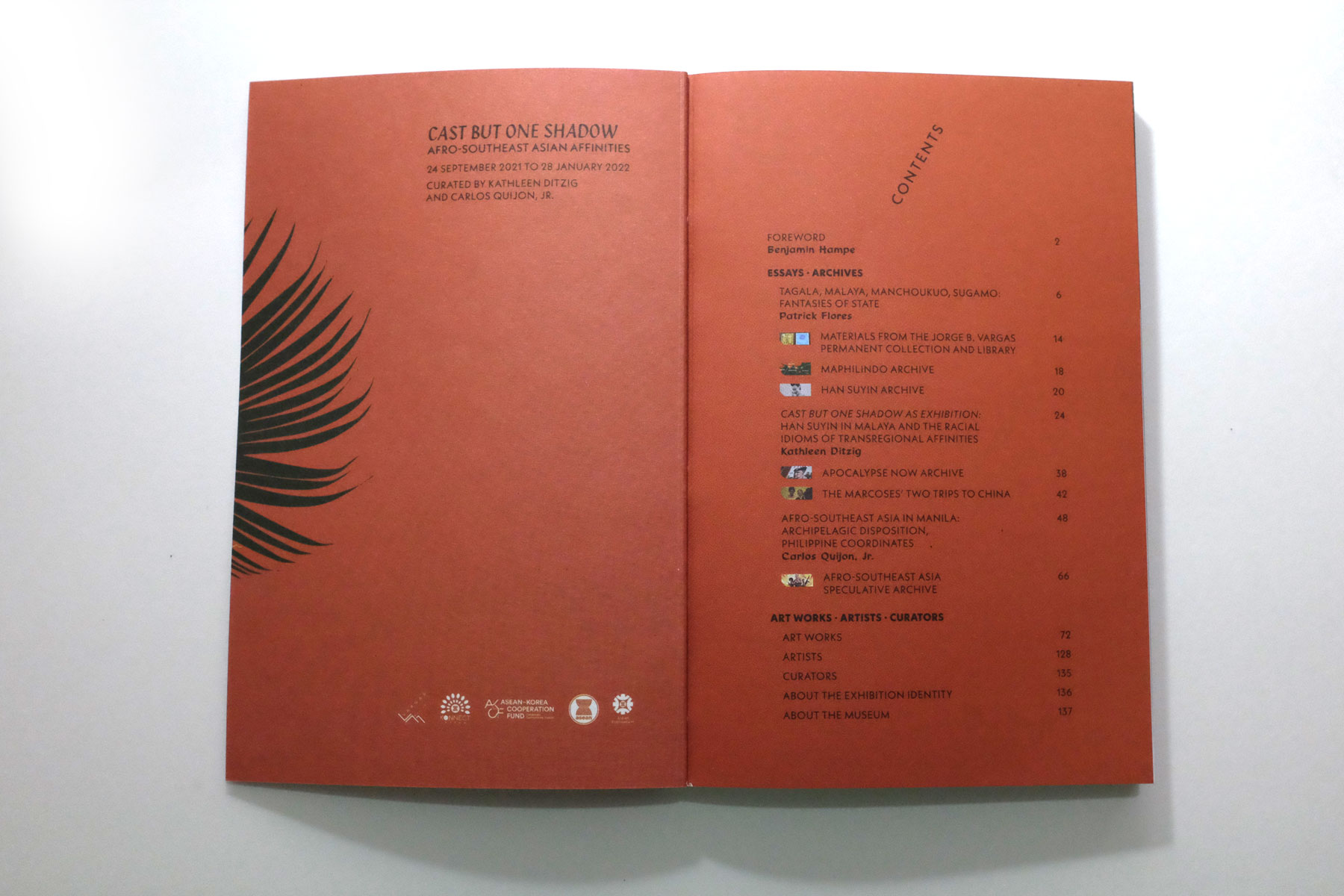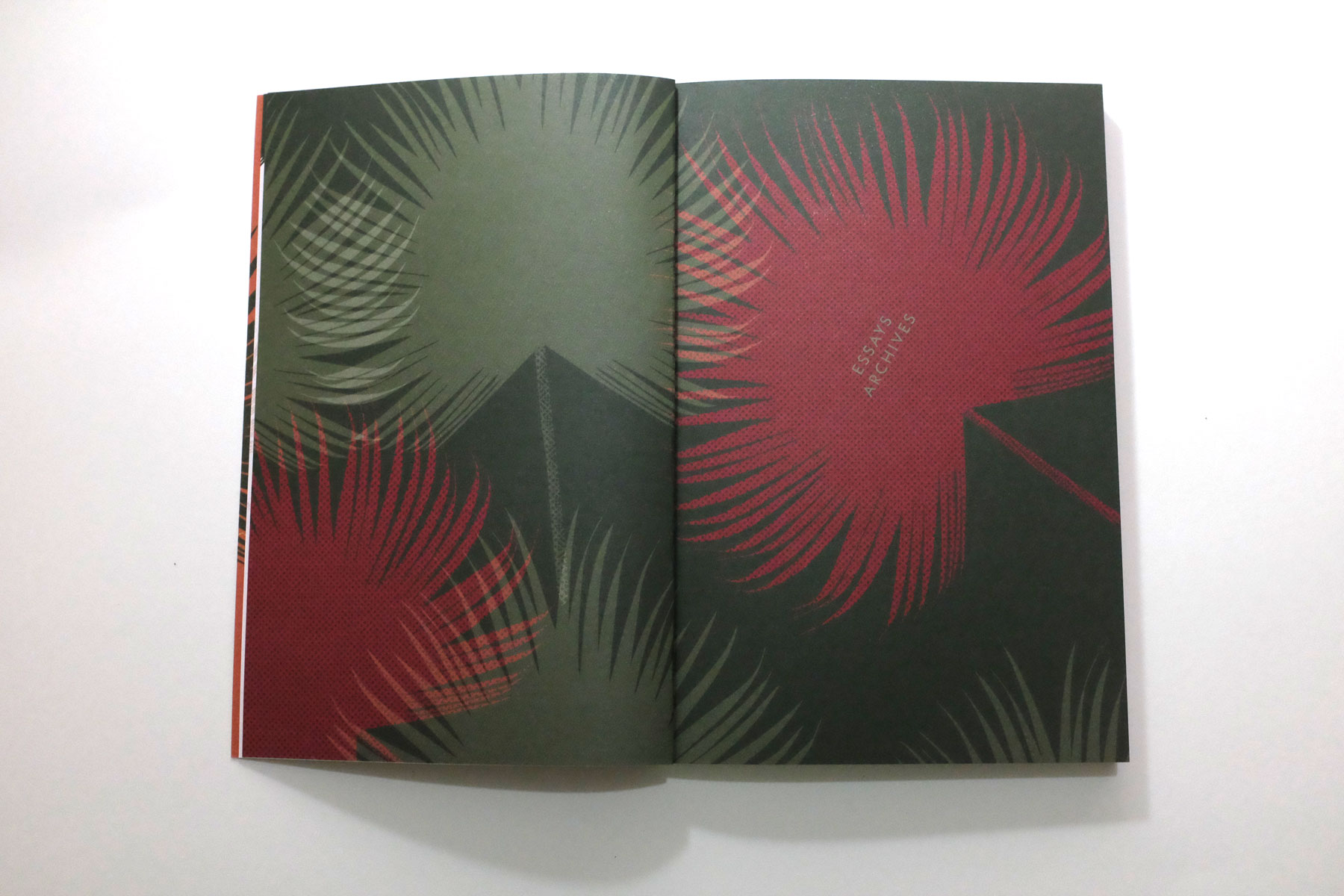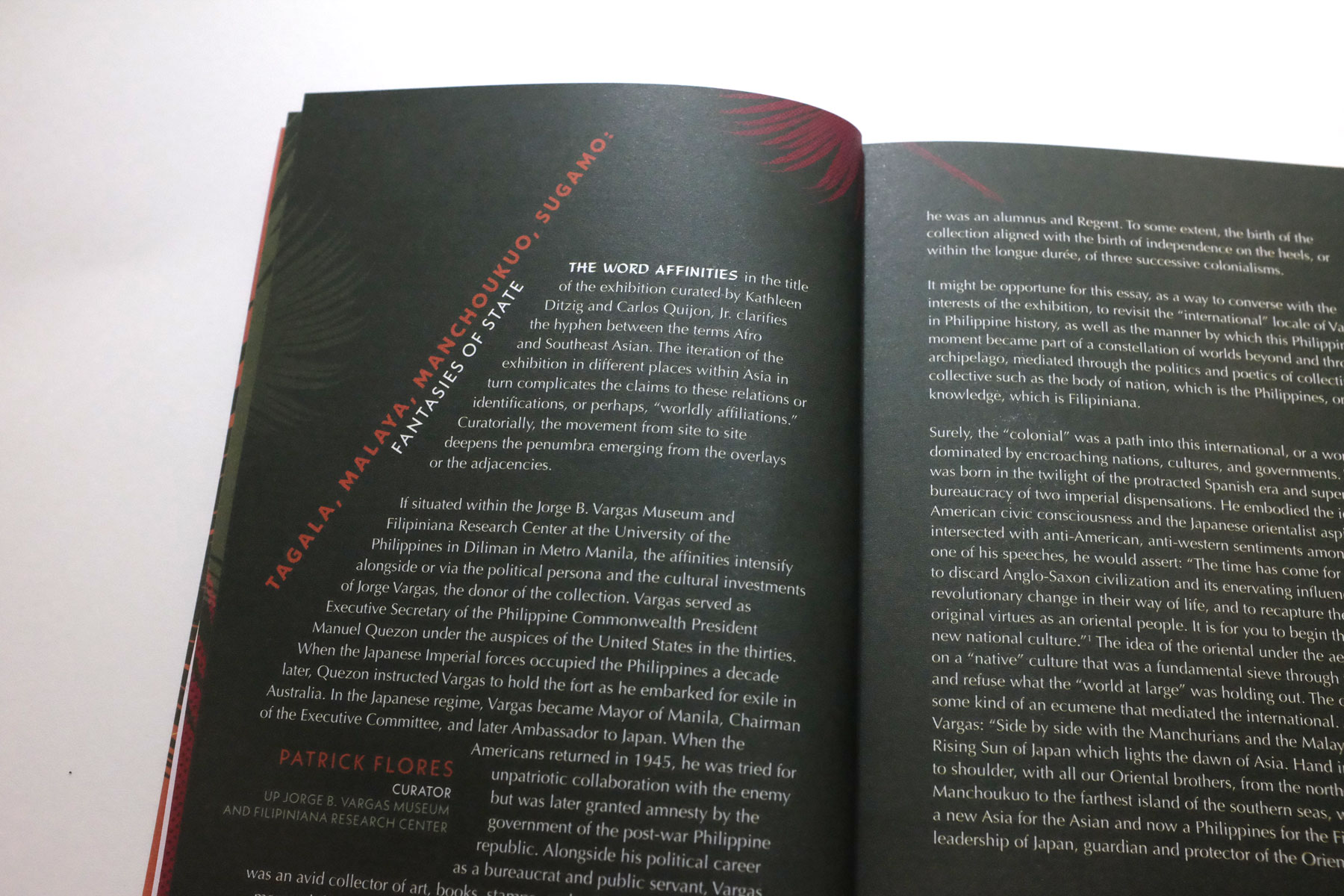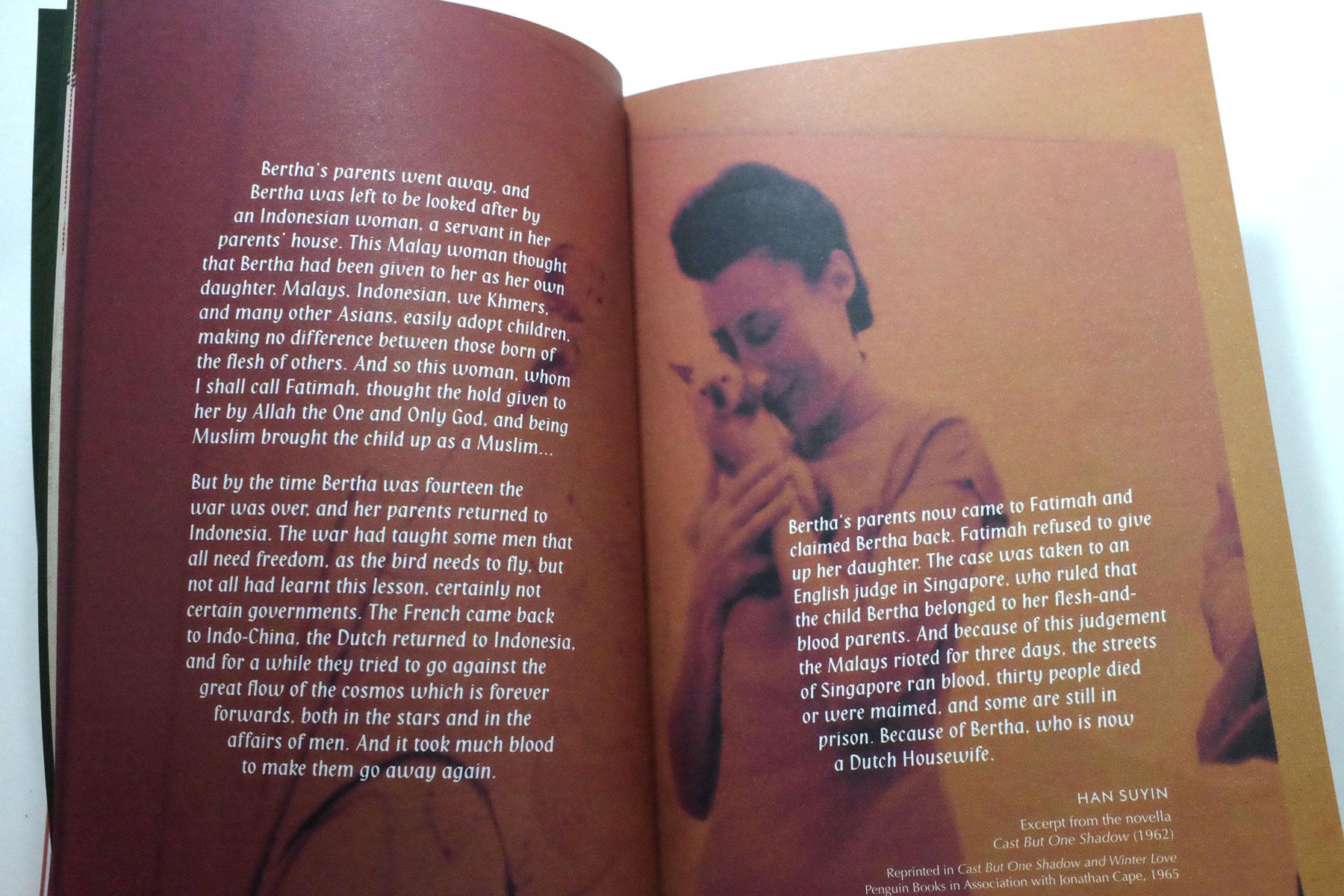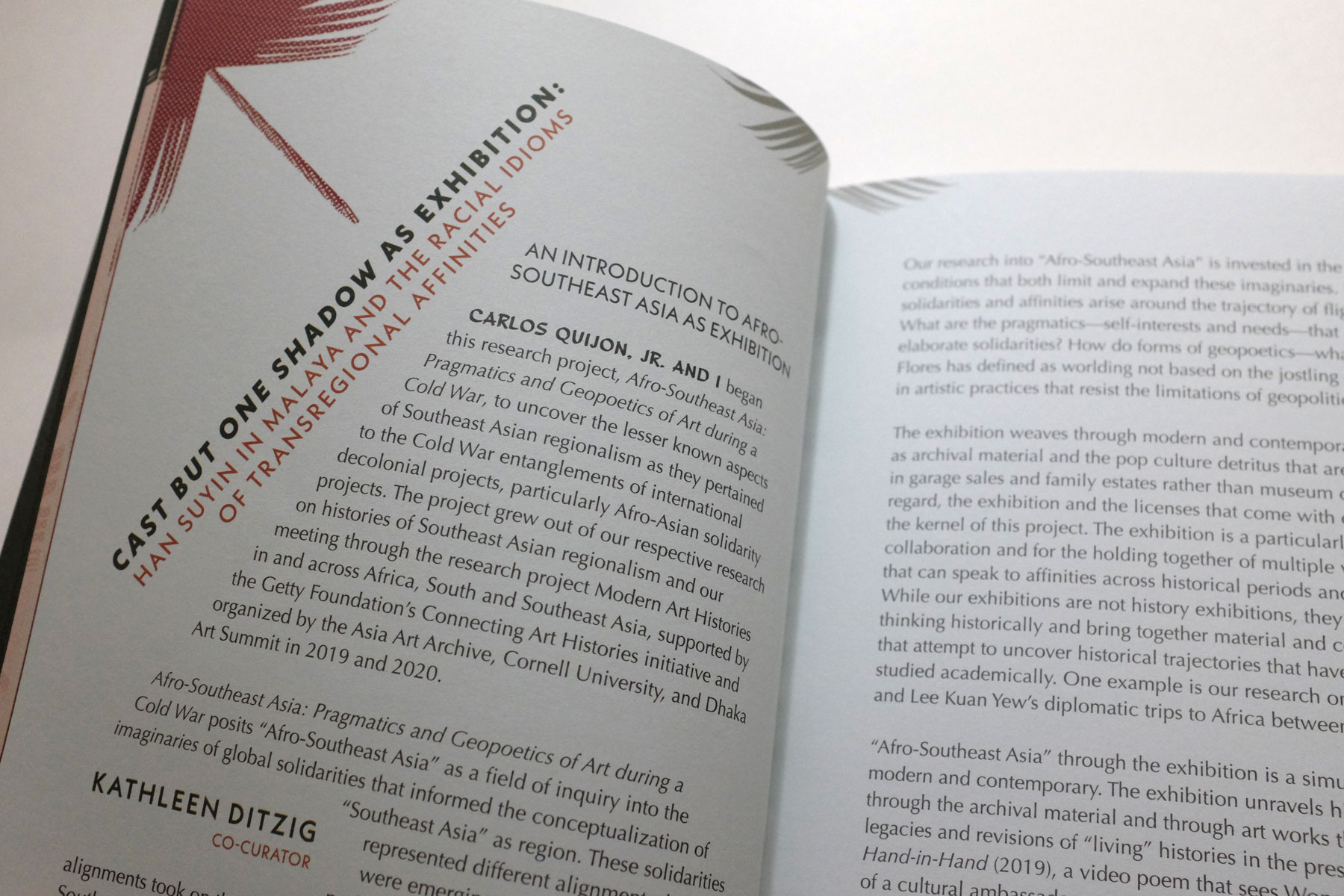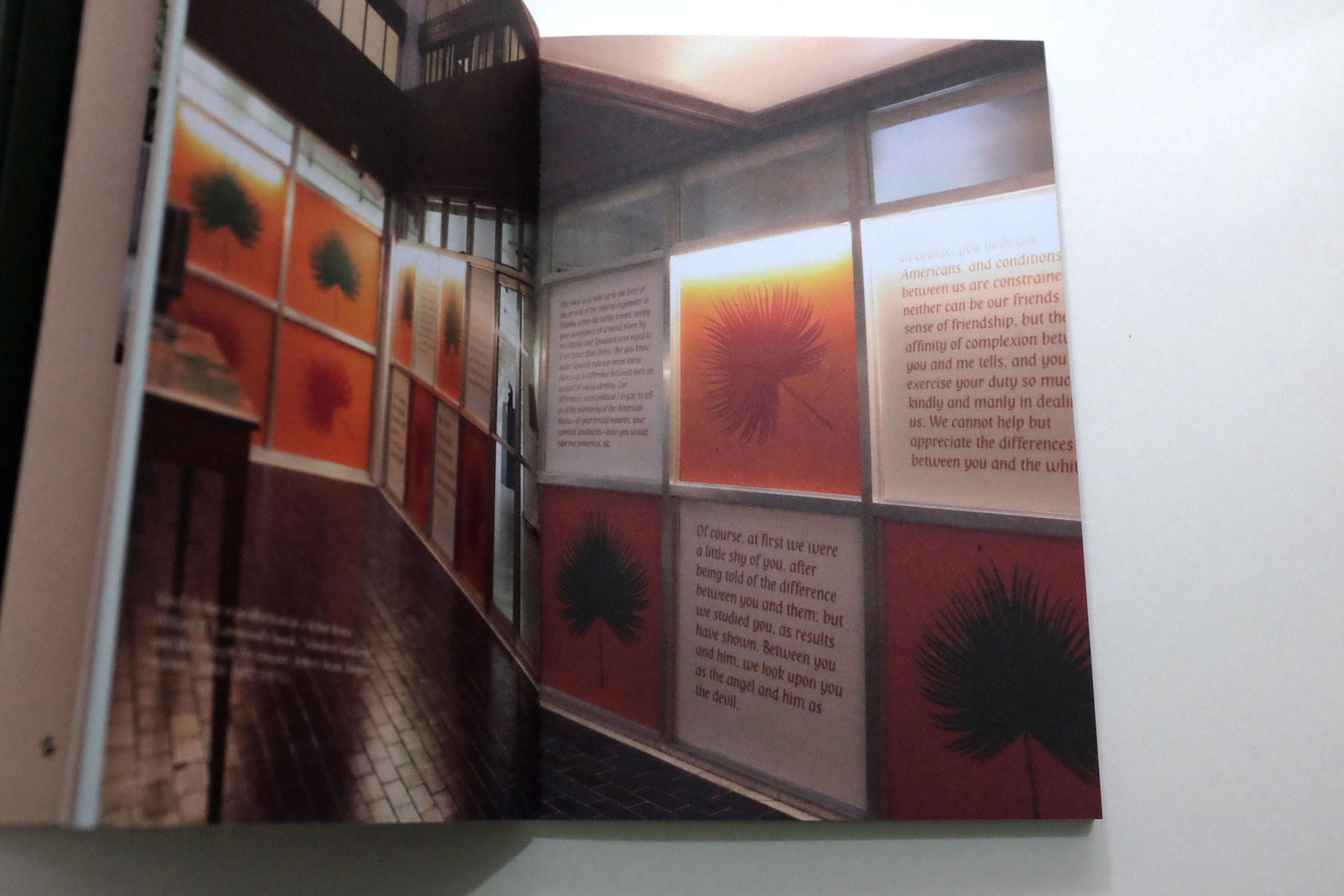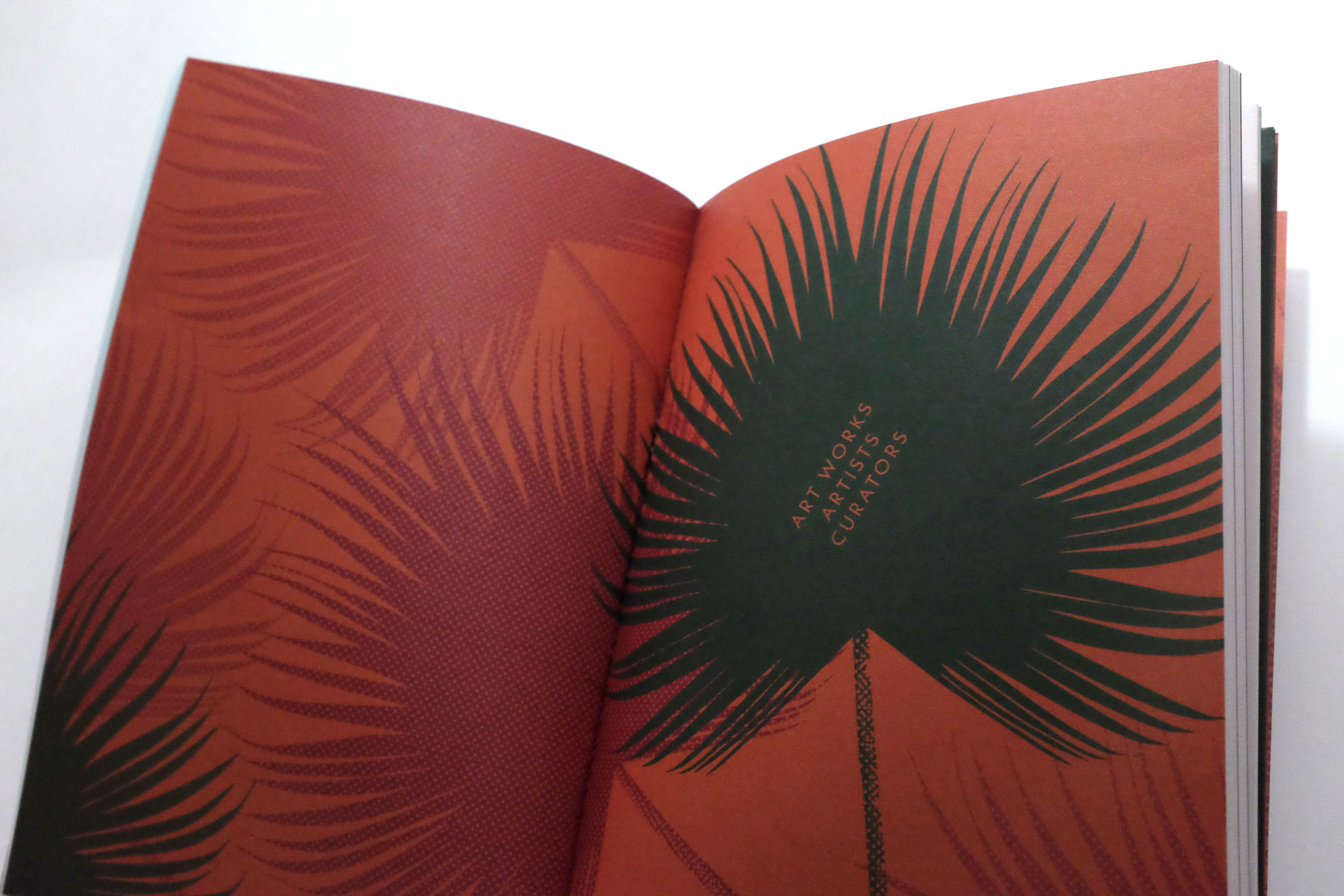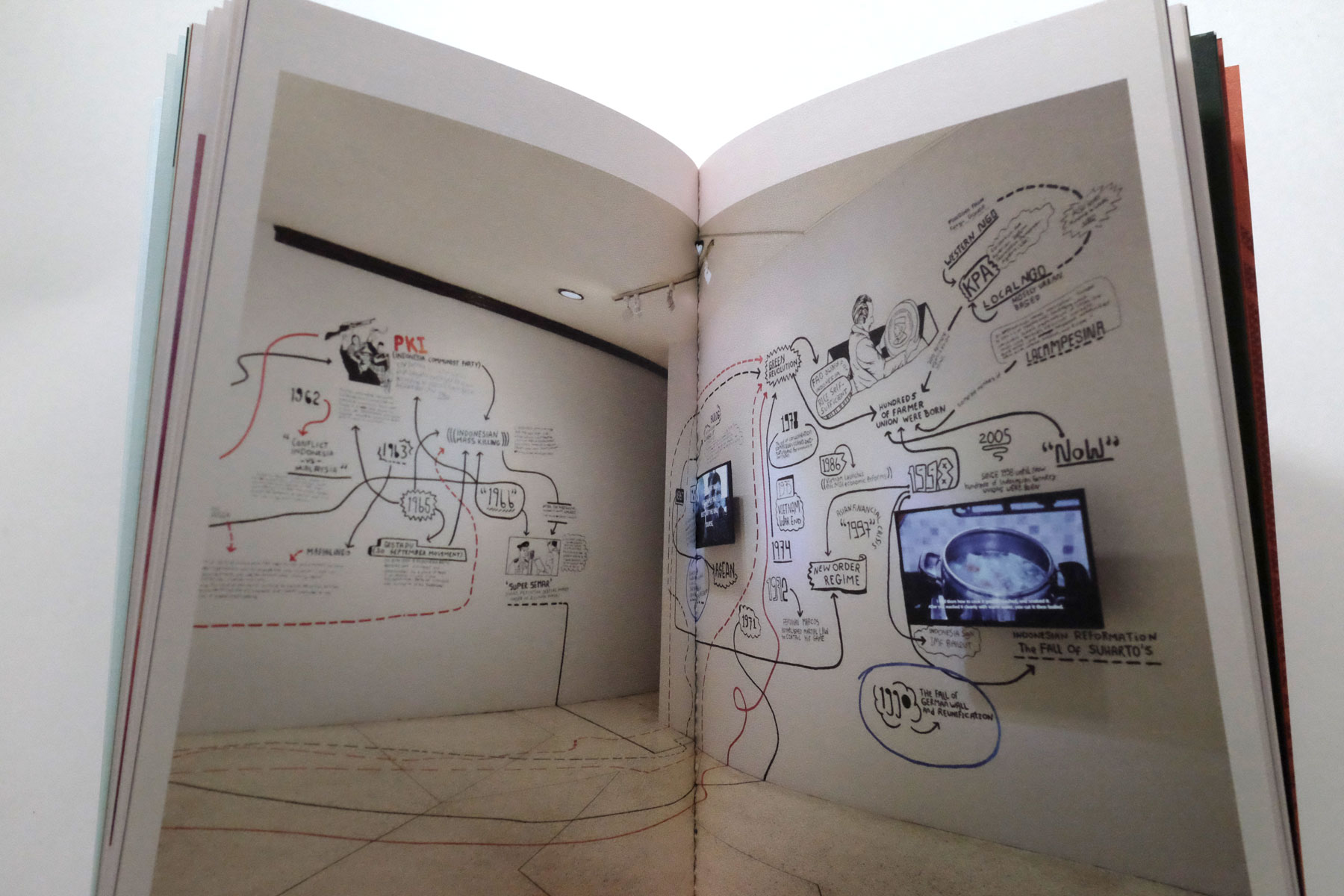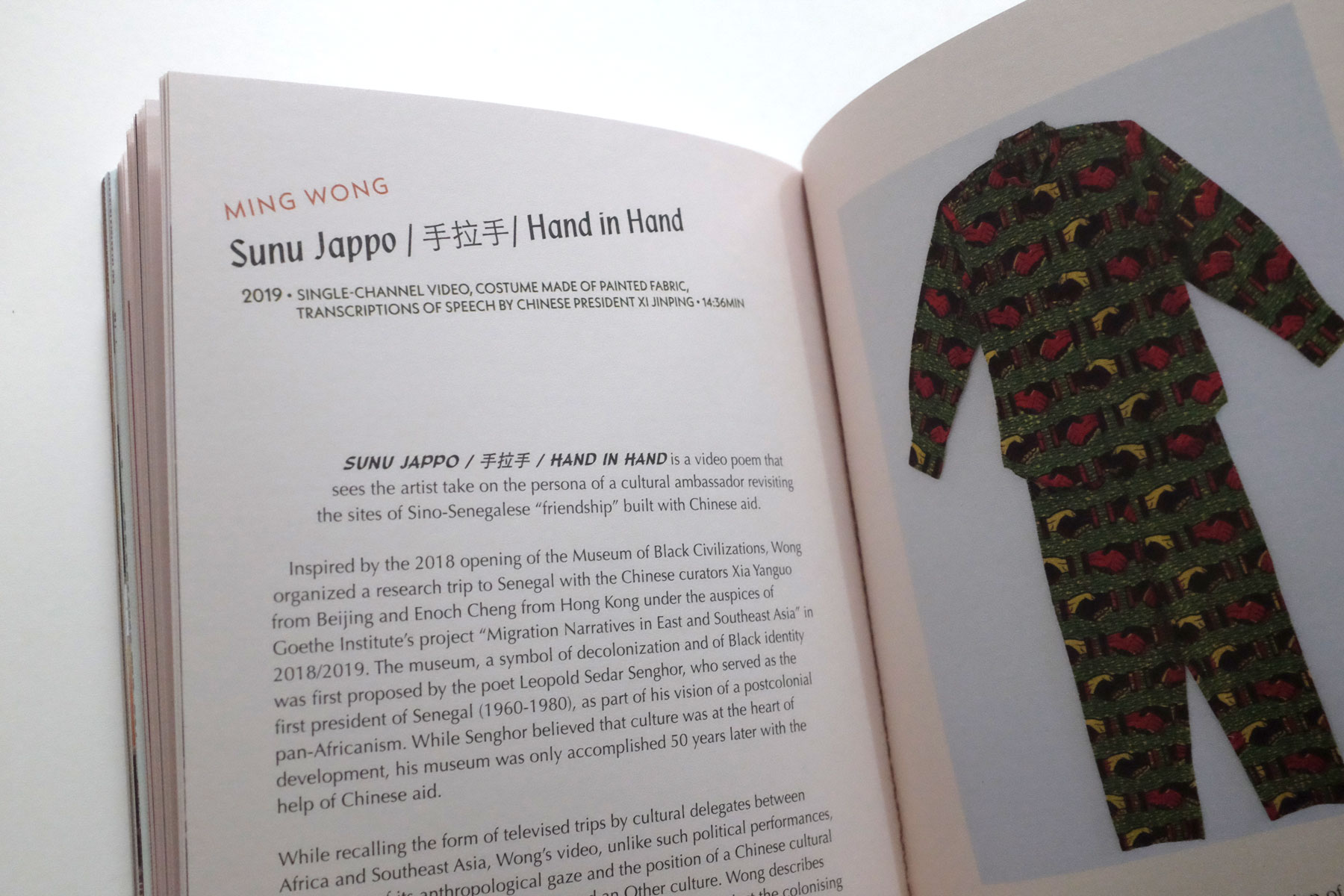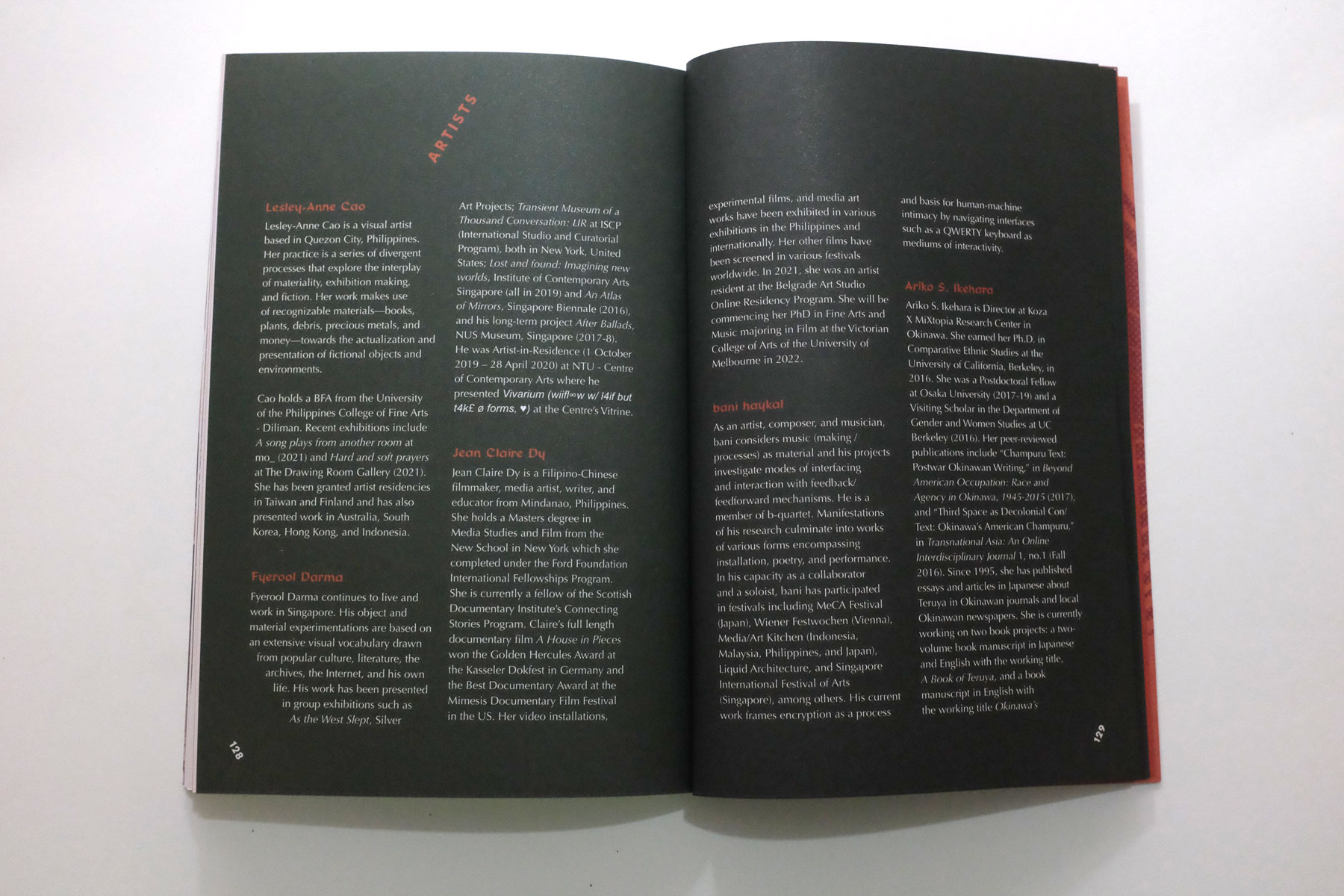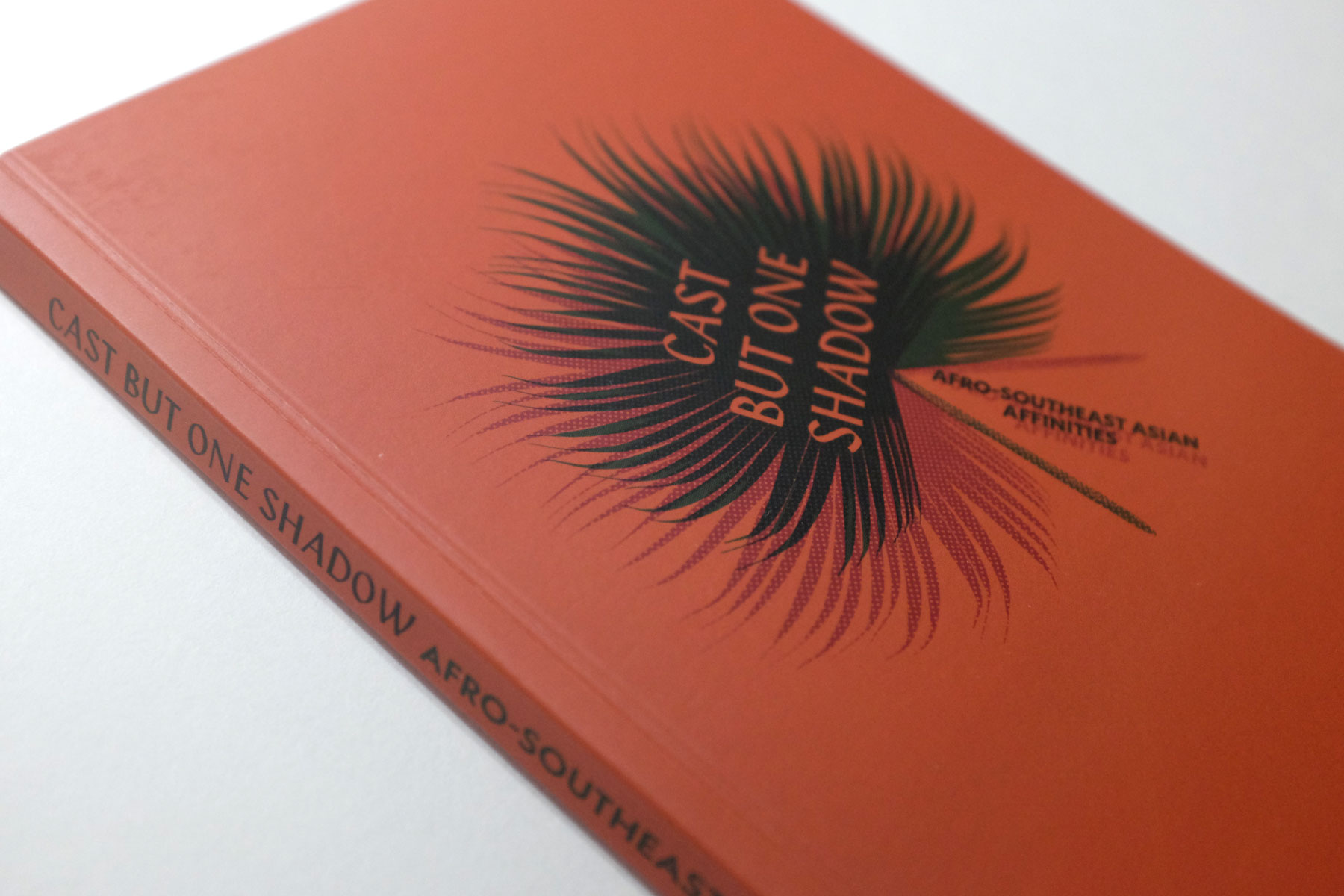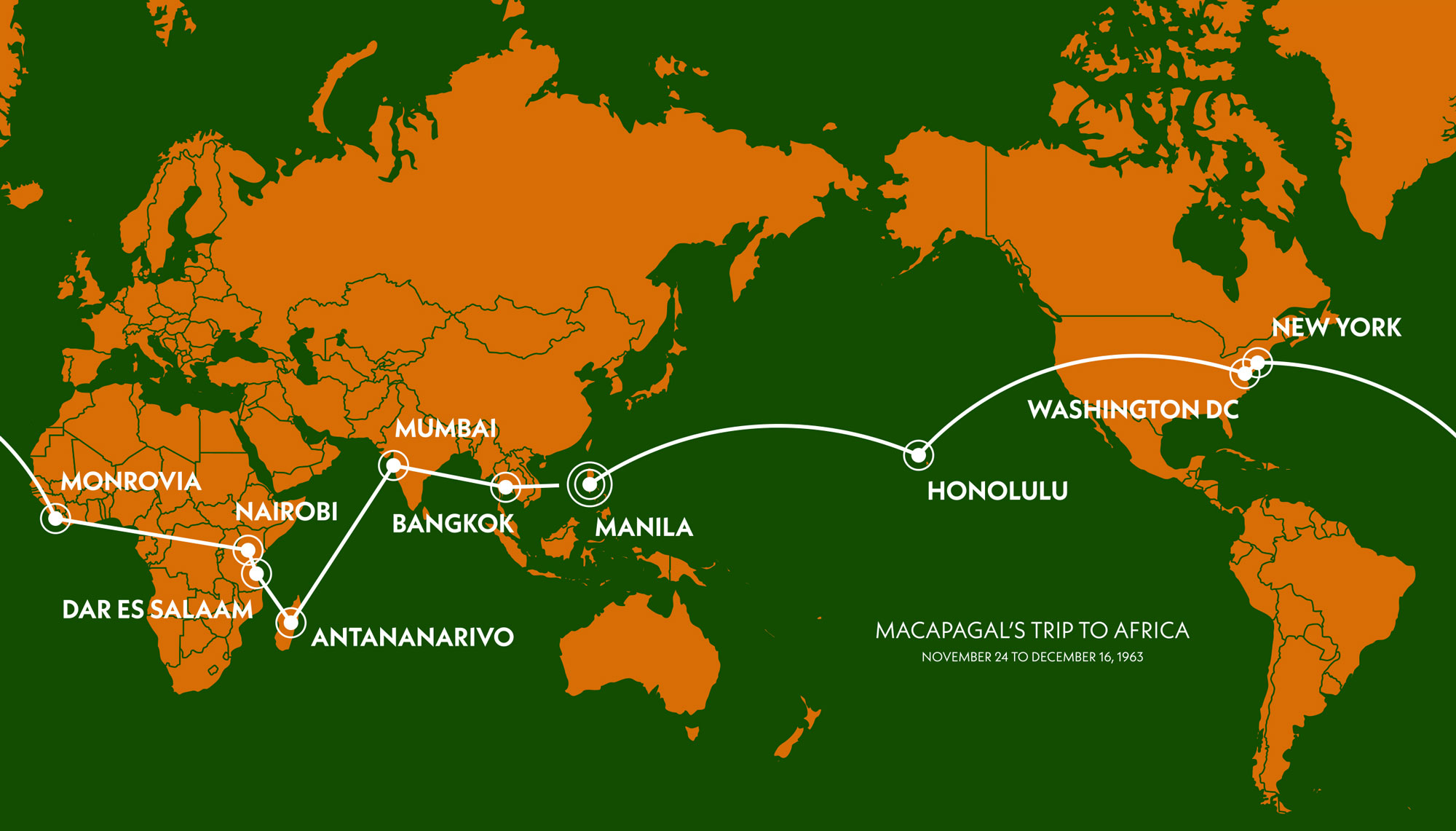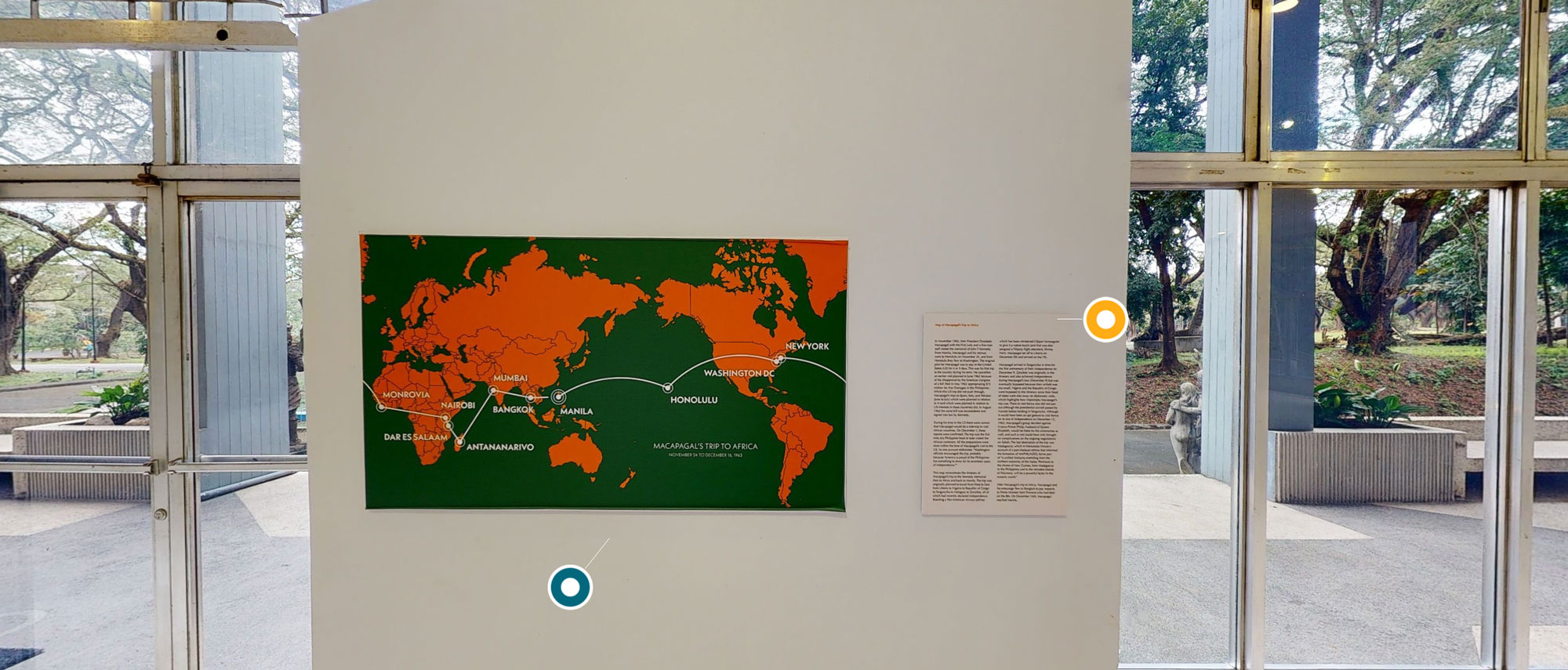Installation view of Cast But One Shadow, 1F Lobby Gallery. Photography by Gian Carlo Delgado courtesy of UP Vargas Museum and KONNECT ASEAN.
Cast But One Shadow: Afro-Southeast Asian Affinities
Client
Carlos Quijon, Jr., Curator
Services
Branding & Identity, exhibition design, book design
Year
2021-22
Branding an art exhibition rich in research and history.
Cast But One Shadow: Afro-Southeast Asian Affinities was the second exhibition in a long-term research project by curators Kathleen Ditzig and Carlos Quijon, Jr. Through artworks and archival materials, it examined shared global histories of decolonization, struggle, and fellowship from a Southeast Asian perspective. The exhibition spanned all three floors of the UP Vargas Museum as well as the museum grounds.
Cast But One Shadow ran from 24 September 2021 to 28 January 2022. It was developed in partnership with KONNECT ASEAN, an ASEAN Foundation arts program funded by the Republic of Korea.
View the virtual tour of the exhibition here.
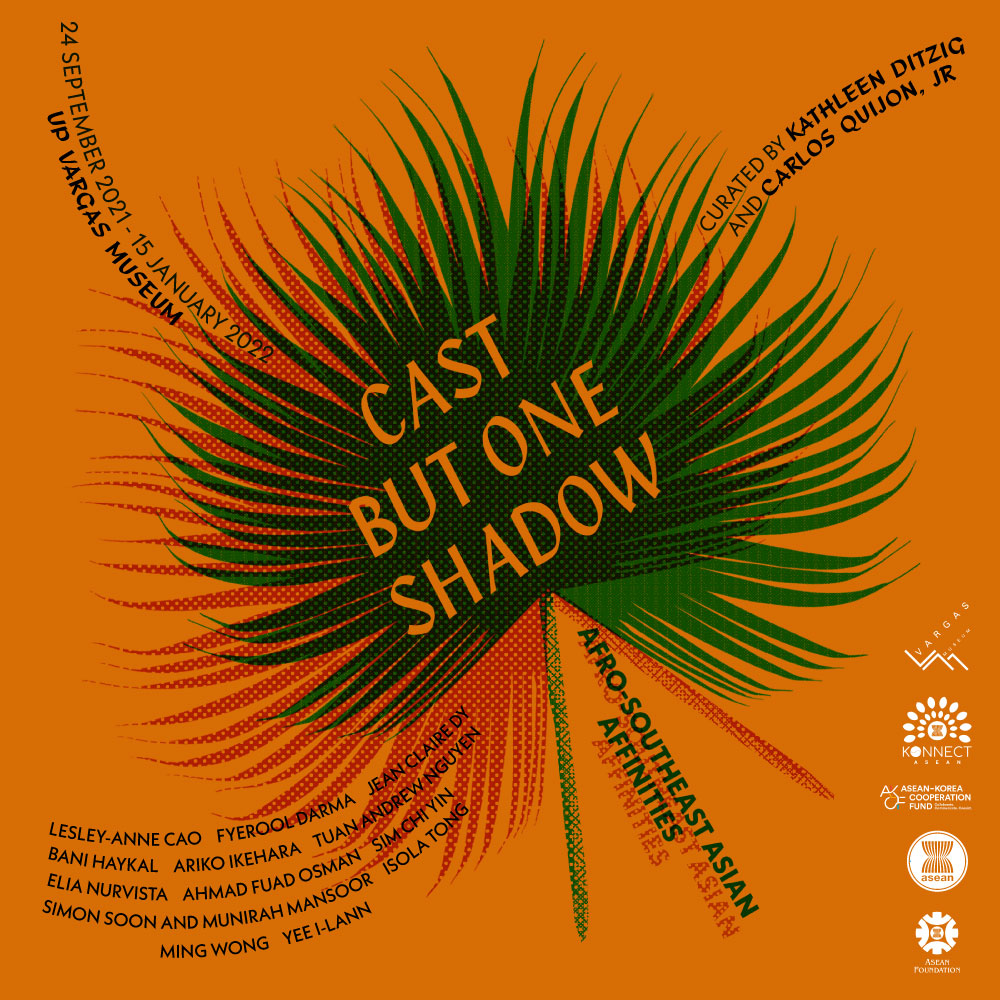
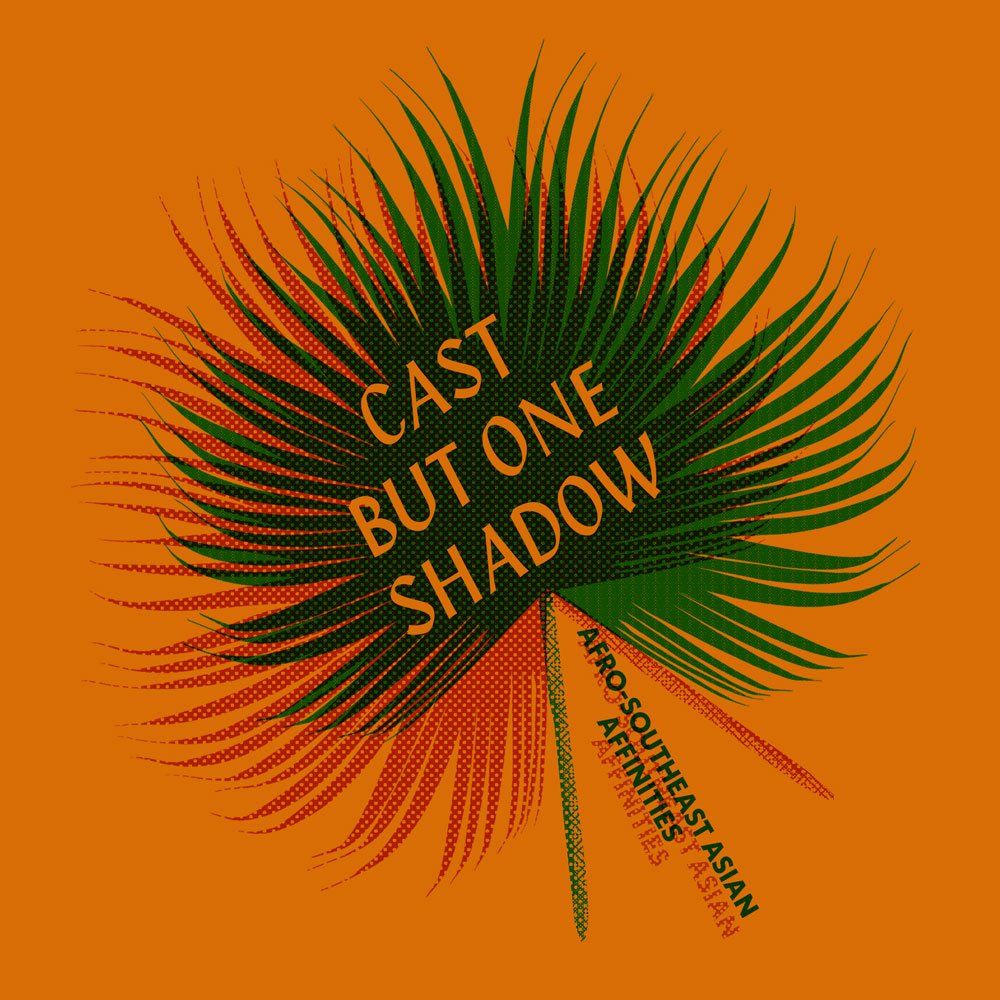
The Exhibition Identity
The identity depicts two fronds of the genus Livistona, a tropical palm that thrives in areas in Southeast Asia, South Africa, areas of South China Sea, Indian Ocean, and the Pacific. The image takes cue from trade paperback book designs and film posters. In particular the identity converses with the graphic representations of the exoticism of the Orient and the tropics as represented by the book covers of the Chinese-born Eurasian novelist and physician Han Suyin in the 1960s and the visual language of posters of Blaxploitation films popular in the 1970s.
For the exhibition’s identity these fronds overlap, creating a composite image wherein a vivid and solid green leaf interfaces with an overly saturated orange frond rendered in halftone. This interfacing results in a deeper and more somber green frond. This overlapping as logic of imagemaking speaks to the interests of the exhibition in looking at the entangled histories that it proposes to account for and the conditions and stakes of these historical moments that the exhibition seeks to flesh out. While these may be seen as discrete and loosely related events in the history of the region, what thinking about them as simultaneous developments brings is a richer understanding of regional histories and affinities.
This overlapping also pursues the provocation of the title of the exhibition. The title’s syntax forwards the effect of casting a shadow rather than an emphasis on the shadow’s source. It also prospects not a simple logic of casting multiple shadows, but the resistance to cast a singular and unitary shadow. While the identity simulates a singular image, its singularity is created by overlapping layers. The use of halftone achieves the same effect as it fleshes out the shape of a leaf by creating a continuous tone using a series of dots.
Text by Carlos Quijon, Jr.
Typography
50’S-60’S Trade paperbacks • period type • Fresh treatment

Klang is a calligraphic typeface from 1955. Klang is only used for the exhibit title and artwork titles.

Neue Kabel is a 2016 geometric sans serif that updates Kabel, the 1927 original. It complements Klang and is used on promotional materials. Always in uppercase.

Adams Bold is a thick calligraphic typeface made in 2008. It is part of the revival of Studio & Flambard, created in 1946. Used sparingly as an accent to Neue Kabel.
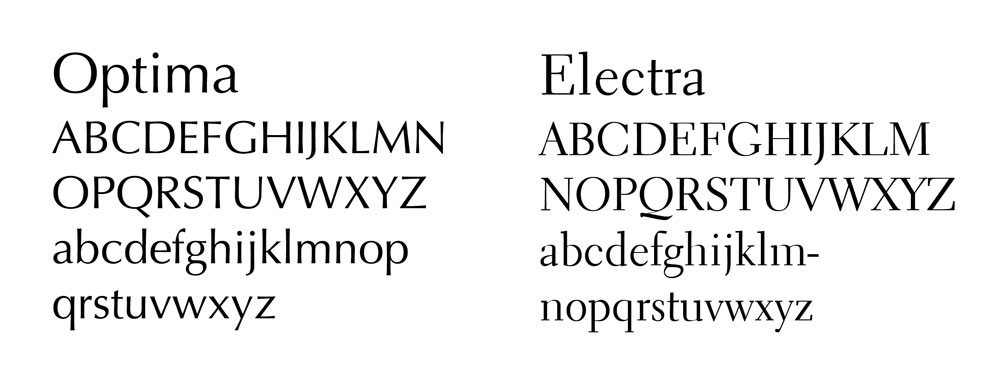
For the website and printed catalogue, we recommend either Optima (1958) or Electra (1935).
colors
tropical acidic • an intimation of violence • fire in the jungle

The color palette takes inspiration from Blaxploitation posters. From Women in Cages to Savage Sisters, these films set in foreign, sometimes fictional jungles were shot in the Philippines, illustrating how ‘exotic’ locales merge and mingle in the Western imagination. The palette evokes the idea of the tropics as witnessed in the popular culture of the time.
The orange also recalls Francis Ford Coppola’s Apocalypse Now, which was set in Vietnam but was filmed against a Philippine backdrop. That the film adapts Joseph Conrad’s Heart of Darkness, which in turn is set in the Congo Free State, adds to the palette’s concept.
Vinyl sticker reproduction of a letter from Willard B. Gatewood’s book “Smoked Yankees” and the struggle for empire: letters from Negro soldiers, 1898-1902 (1971). Photography by Gian Carlo Delgado courtesy of UP Vargas Museum and KONNECT ASEAN.
online collaterals
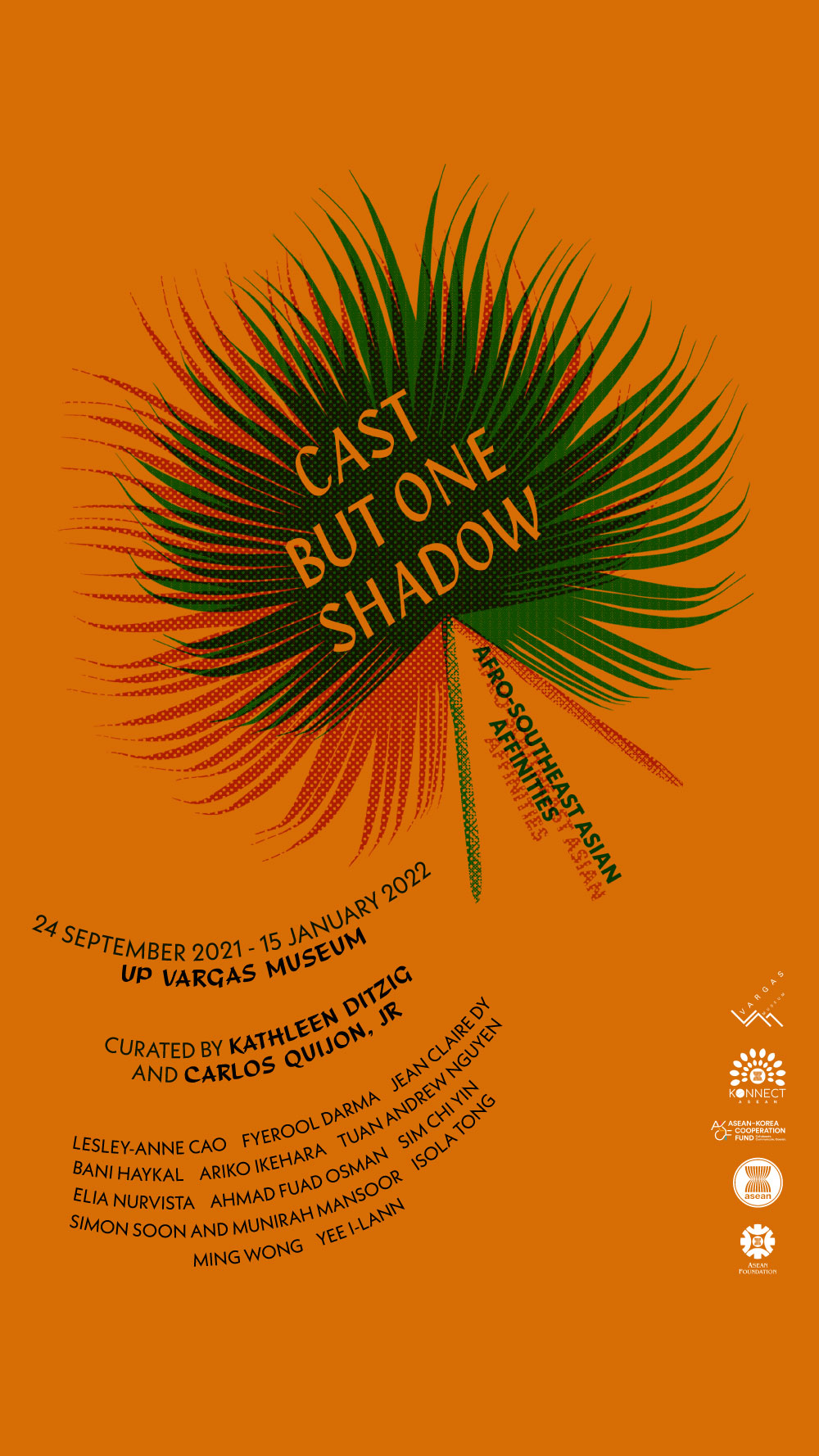
Instagram story
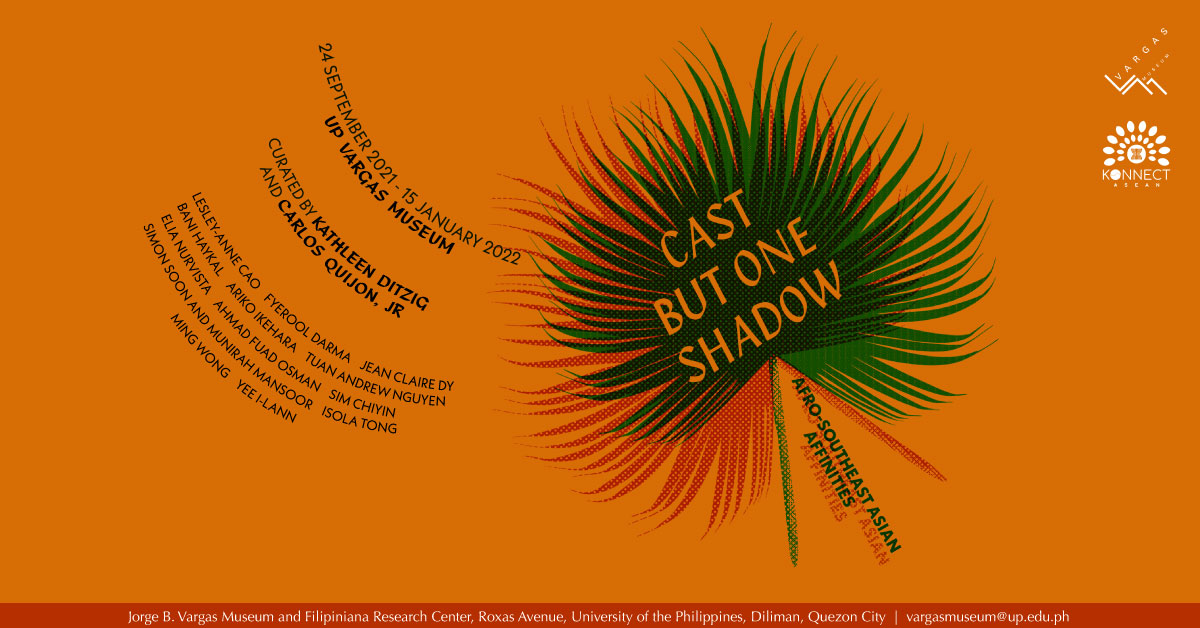
UP Vargas museum website banner
Artwork
Installation view of Cast But One Shadow, 1F Lobby Gallery, (foreground) Simon Soon and Munirah Mansoor. Photography by Gian Carlo Delgado courtesy of UP Vargas Museum and KONNECT ASEAN.
Wall text, Installations, and Didactics
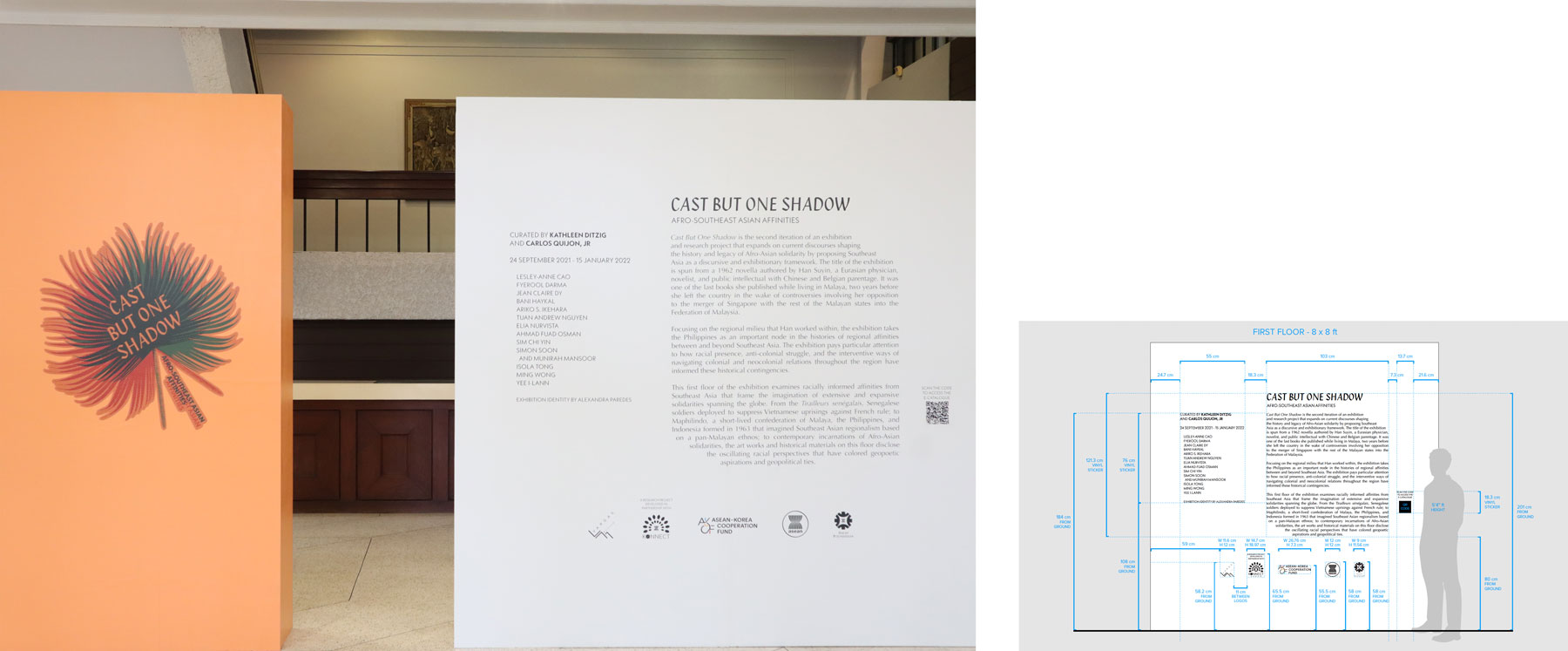
[LEFT:] Cast But One Shadow, Curatorial notes, first floor. Photography by Gian Carlo Delgado courtesy of UP Vargas Museum and KONNECT ASEAN. [right:] instructions for installation of first floor wall text.
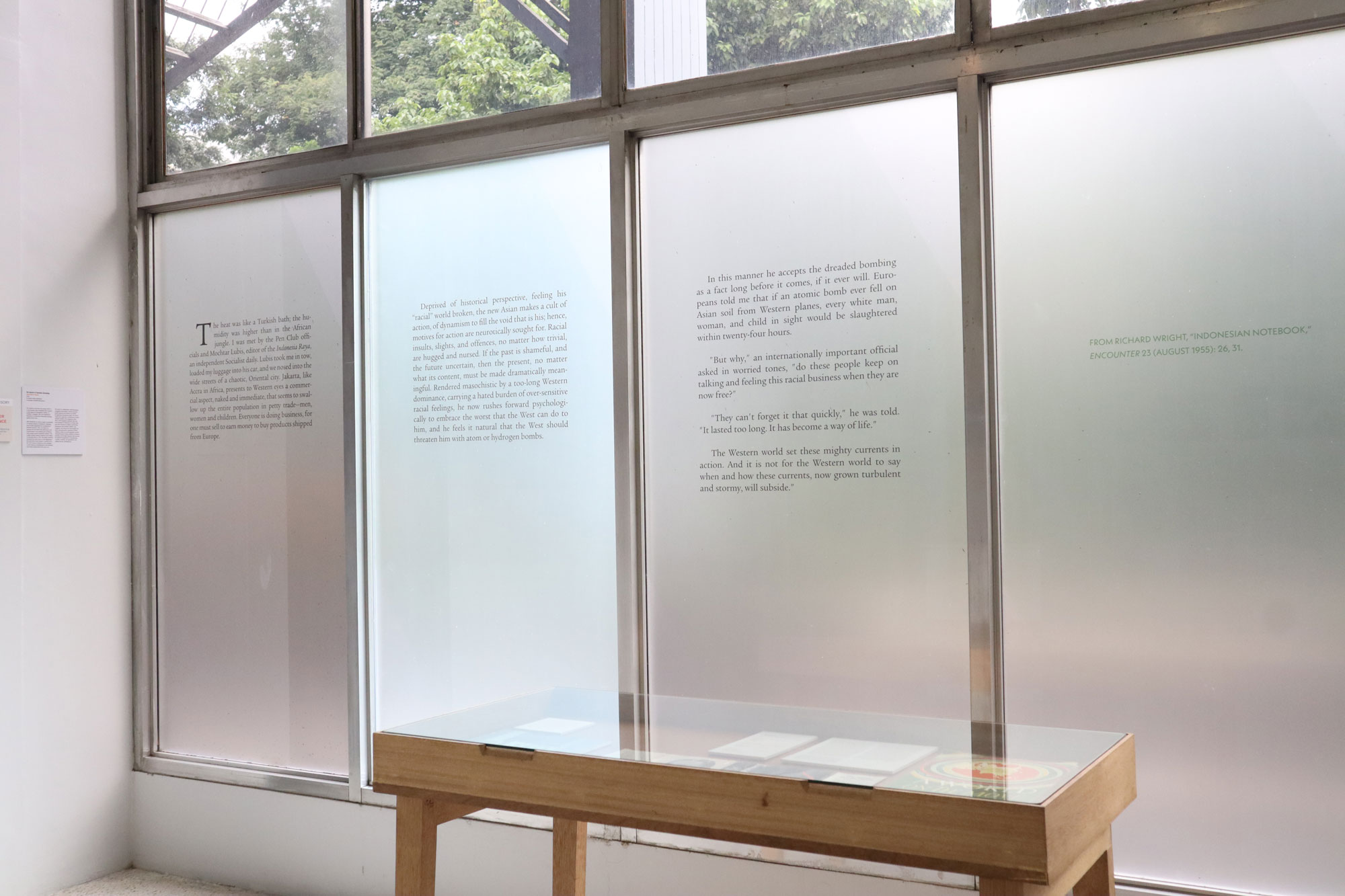
Richard Wright, Excerpt from Indonesian notebook, Encounter 23 (August 1955): 26, 31. Photography by Gian Carlo Delgado courtesy of UP Vargas Museum and KONNECT ASEAN.
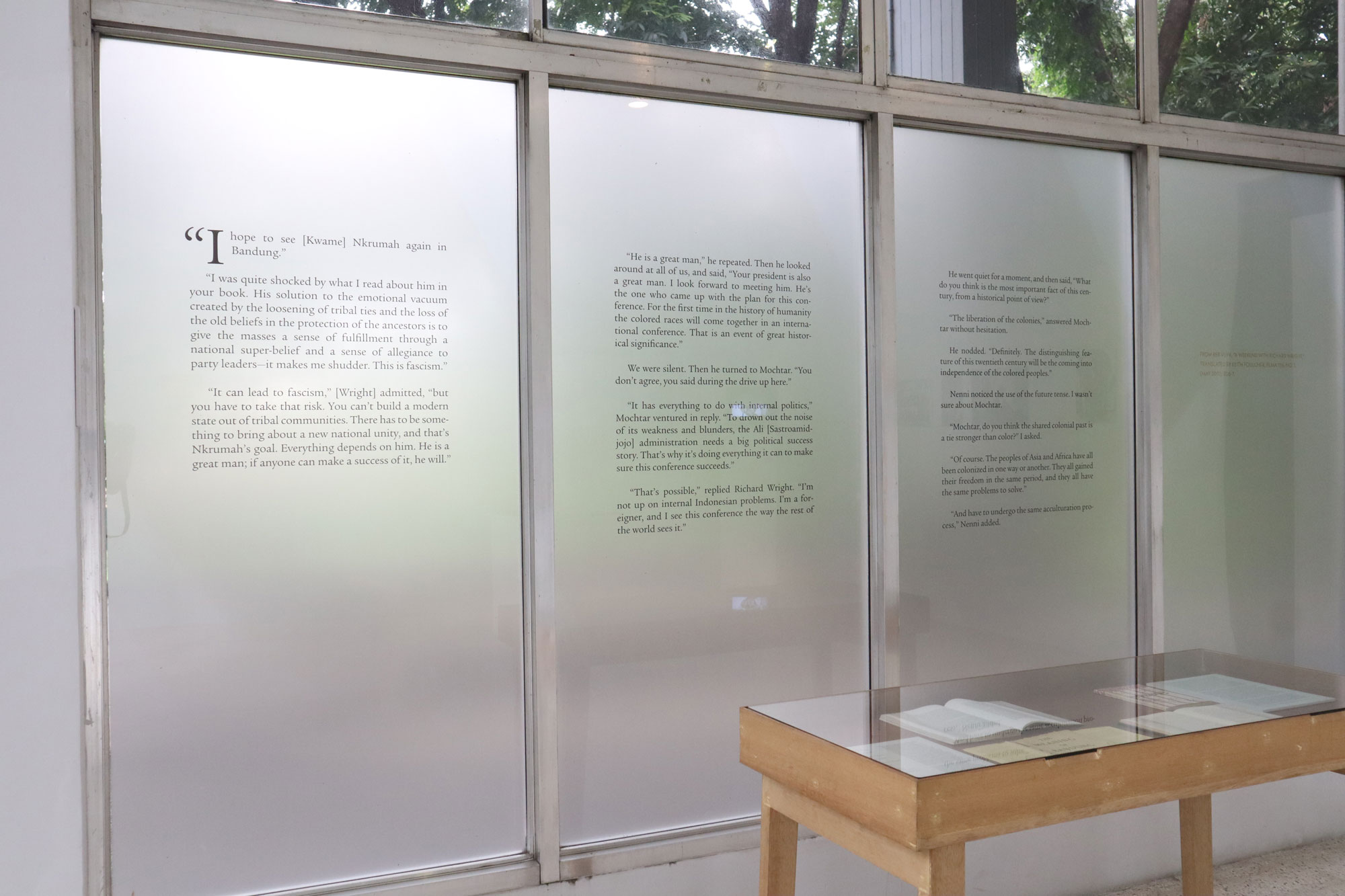
BEB VUYK, EXCERPT FROM A WEEKEND WITH RICHARD WRIGHT, MAY 2011, PMLA 126, NO.3. PHOTOGRAPHY BY GIAN CARLO DELGADO COURTESY OF UP VARGAS MUSEUM AND KONNECT ASEAN.
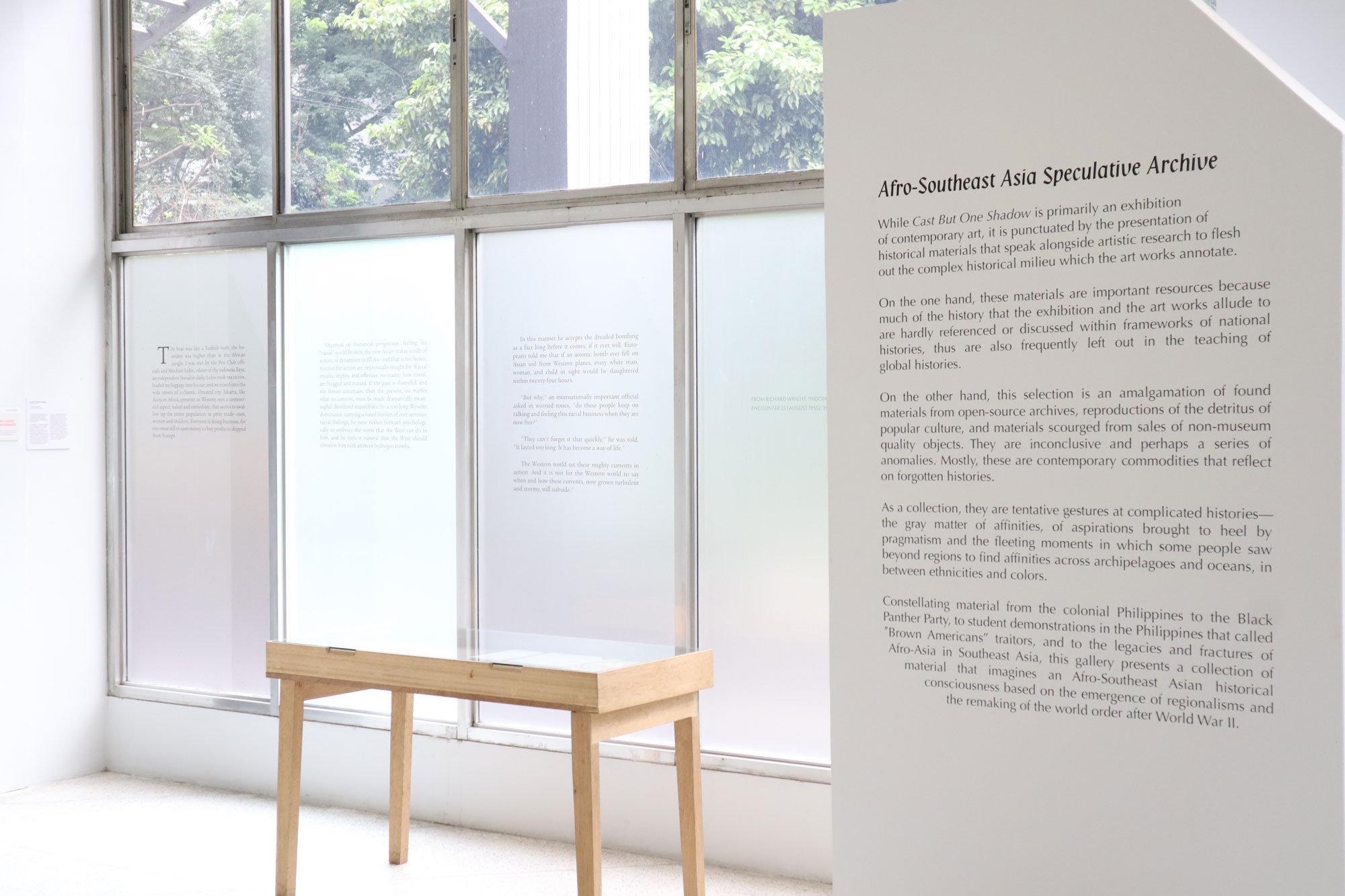
Installation view of Cast But One Shadow, 1F West Wing Gallery. Photography by Gian Carlo Delgado courtesy of UP Vargas Museum and KONNECT ASEAN.
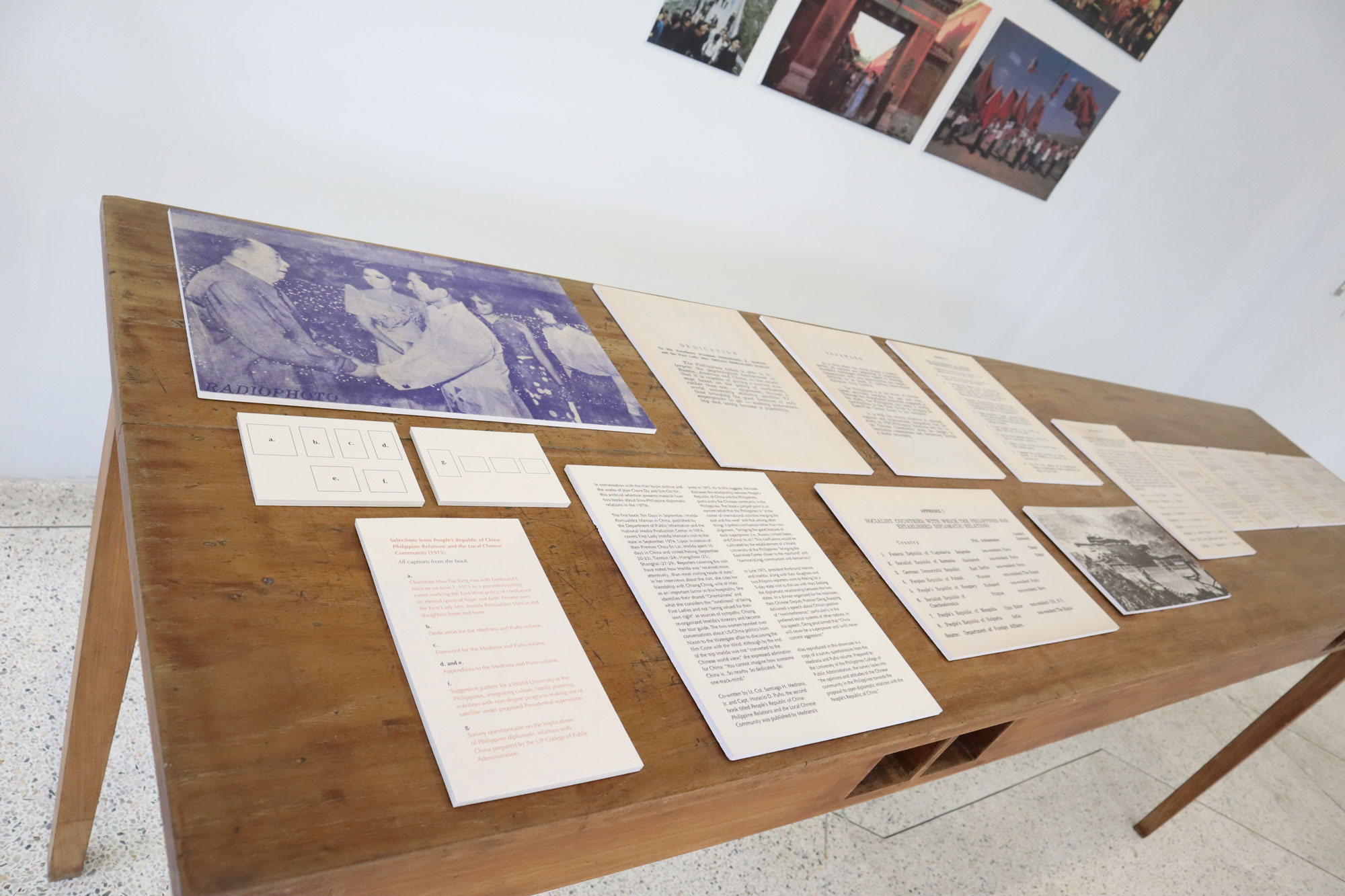
Reproduction of selected pages from Santiago H. Medrana, Jr. and Horacio D. Puño’s People’s Republic of China-Philippine Relations and the Local Chinese Community (1975). Photography by Gian Carlo Delgado courtesy of UP Vargas Museum and KONNECT ASEAN.
Exhibition Catalogue
trade paperback size • reminiscent of novella namesake • fashioned with diagonal text
download the catalogue here.
